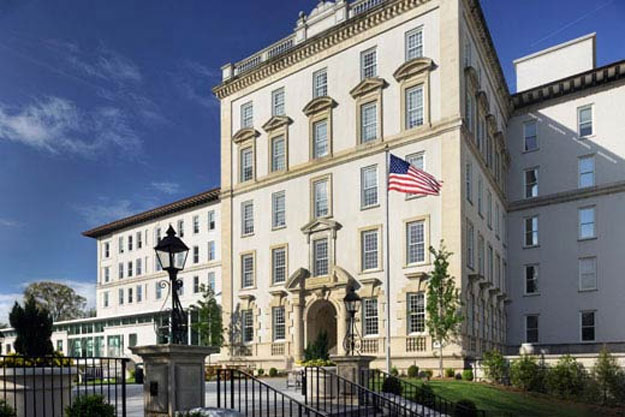2nd Dallas Nurse Free of Ebola

The second Dallas nurse to be infected with Ebola is now free of the virus, and will be released from the hospital today (Oct. 28).
The nurse, Amber Vinson, has recovered and will be discharged from Emory University Hospital in Atlanta, the hospital said.
Vinson is the fourth patient with Ebola to be treated at Emory University. She will make a statement at 1:00 p.m. ET today, according to Emory.
Vinson became infected with Ebola when she cared for Thomas Eric Duncan, the first person to be diagnosed with Ebola in the United States. The day before she developed symptoms of the virus, she flew by plane from Cleveland to Dallas, leading the Centers for Disease Control and Prevention to notify all people onboard her flights. The CDC later said that Vinson had been in contact with the agency the day of her flight, and was cleared to fly. (People with Ebola are contagious only after they start showing symptoms.)
Another nurse, Nina Pham, also contracted Ebola when caring for Duncan at Texas Health Presbyterian Hospital. She was treated at the National Institutes of Health Clinical Center in Bethesda, Maryland. On Friday (Oct. 24), Pham was declared virus-free, and released from the hospital.
Health care workers are at higher risk for Ebola infection because they often treat patients who have reached the stage of the infection with the most symptoms.
Follow Rachael Rettner @RachaelRettner. Follow Live Science @livescience, Facebook & Google+. Original article on Live Science.
Get the world’s most fascinating discoveries delivered straight to your inbox.

Rachael is a Live Science contributor, and was a former channel editor and senior writer for Live Science between 2010 and 2022. She has a master's degree in journalism from New York University's Science, Health and Environmental Reporting Program. She also holds a B.S. in molecular biology and an M.S. in biology from the University of California, San Diego. Her work has appeared in Scienceline, The Washington Post and Scientific American.


